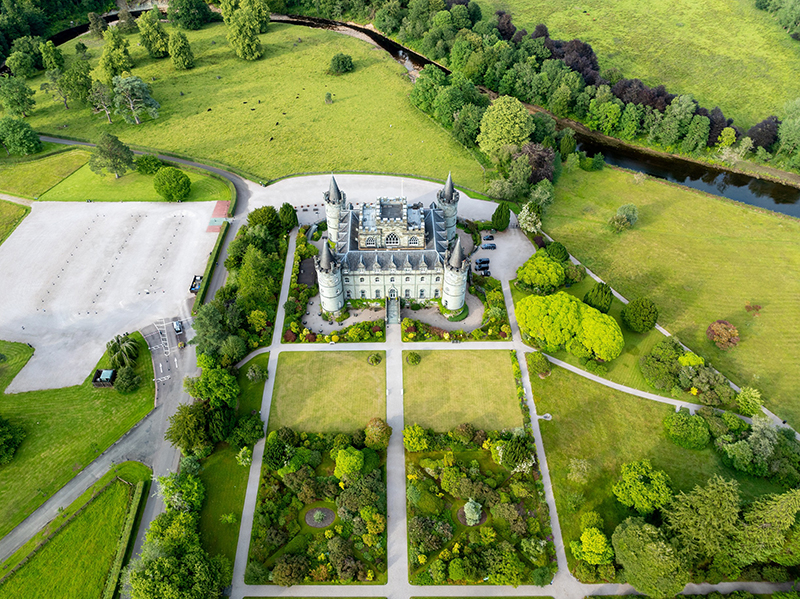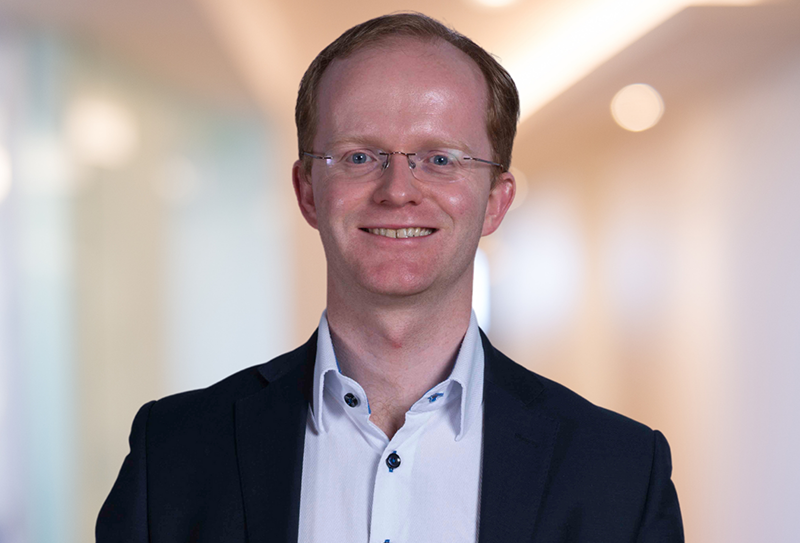
Gregor Duthie, legal director and real estate specialist at law firm Gilson Gray, explains why the nation’s castles and estates are still going strong
WITH around 2,000 castles dotted around the country, many of which are privately owned, Scotland presents a unique opportunity for investors and buyers looking to acquire a slice of history. This proved the case last year, and despite economic challenges, castles and estates remain an attractive prospect in 2025.
Particularly for overseas clients, the appeal of owning historic properties and the vast amounts of land that tend to come as part of the package – whether for residential or commercial use – still has its charm.
While sales of multi-million-pound country homes with extensive acres of land can naturally take longer to complete than other types of property, several recent sales demonstrated the continued demand. According to Savills Estate Agents, online interest for castles increased by 31% in 2024, compared with the previous 12 months .
Some of the most talked about deals of the year to date include the sale of Griffin Forestry Estate, near Aberfeldy in Perthshire, which spans some 5,560 hectares and is believed to have sold for over £140 million and the re-listing of Kinloch Castle on the Isle of Rum, which has been brought back onto the market for an asking price of over £750,000.
Attractive pricing compared to other parts of the UK may be part of it, but undoubtedly there are also other factors at play. On the commercial side, exclusive-use venues are the backbone of Scotland’s wedding and events industry. According to the latest figures from the Scottish Wedding Industry Alliance, the industry is worth £1.4 billion annually and creates employment for as many as 40,000 people.
While the number of people getting married may be in decline, the average cost of a wedding is soaring and weekend-long celebrations at countryside estates remain in favour . Scottish castles are also a major draw for couples coming from overseas to celebrate their union, whether because of the dramatic landscapes, links back to their ancestry or the reasonably straightforward process of obtaining a marriage visa.
The picture is contrasting with other areas of hospitality. Similar pressures in the form of rising costs, lower disposable income among customers and staff shortages prevail, but this kind of luxury venue continues to perform well and attract investment.
Last year, Gilson Gray supported the purchase of Fasque Castle in Fettercairn, Aberdeenshire, which is gearing up for a significant transformation programme. The proposed renovation here is not an isolated example. Other Scottish venues investing in upgrades include Crossbasket Castle near East Kilbride, which reopened in March following a reported £20 million spend on new bedrooms and restaurant, and Mar Hall Golf & Spa Resort, which reopened its doors in May after an extensive £20 million programme to modernise its rooms and spa facilities.
Although not necessarily designed for modern living, Scottish castles encapsulate centuries of history and come with a feeling of grandeur, romance and mystery. Investment in luxury upgrades can bridge the gap between heritage and home comforts and strengthen the commercial opportunity.
Ownership of an ancient property may be a brave undertaking but is far from being consigned to history. The rare chance to own a castle estate or historic property will likely continue to draw interest from visitors and business owners for generations to come.












